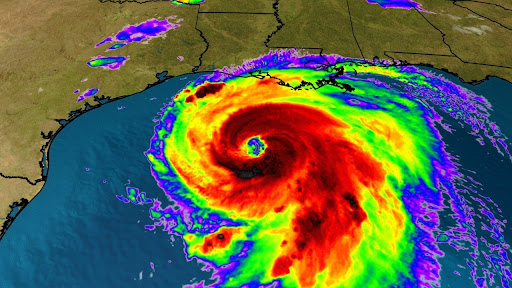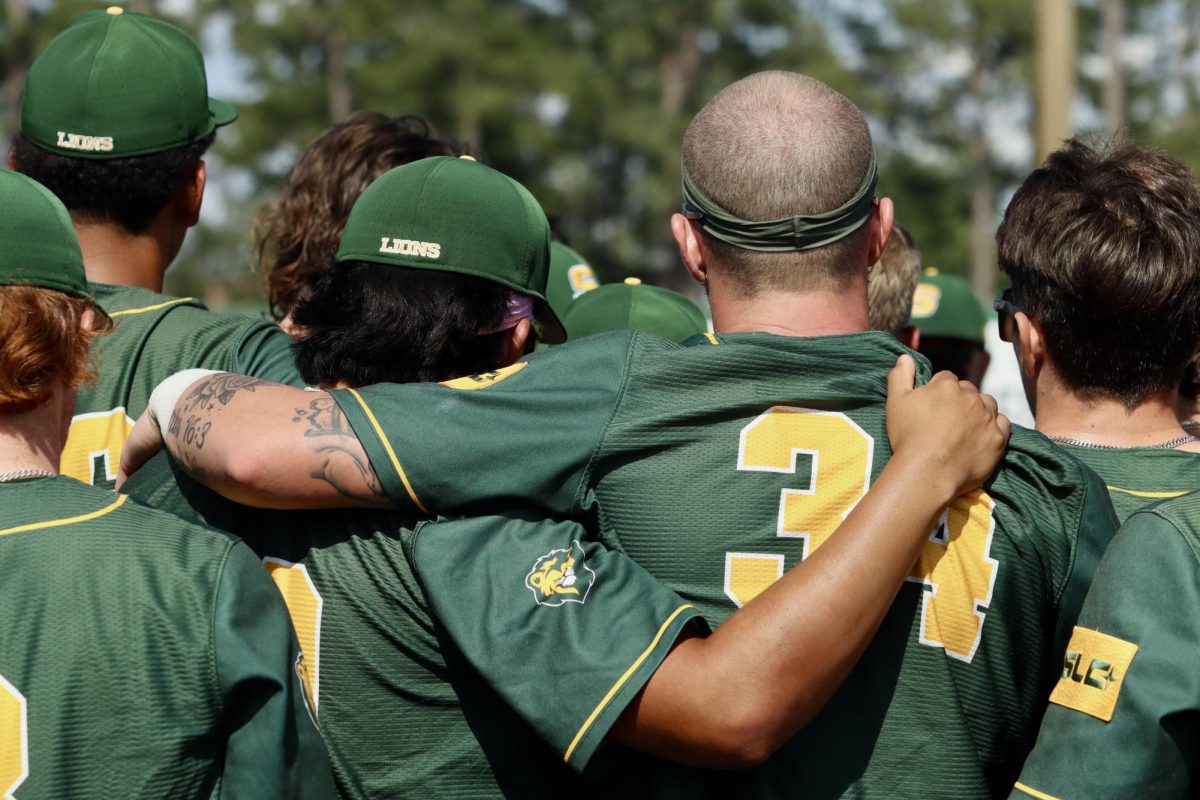
It is officially the middle of Louisiana’s hurricane season, meaning students should know what to expect and how to prepare appropriately.
A hurricane is classified as a low-pressure weather system with organized thunderstorms and winds over 74 mph. The extensive rain and strong wind can lead to flooding and other dangerous weather conditions. The official hurricane season spans from June 1 – Nov. 30; however, a hurricane can form before or after these dates. These strong storms commonly resemble swirls with a clear circle in the middle called the “eye.”
Hurricanes can move and grow quickly. The storms are categorized on a scale from one to five. Each category represents increasing strength and damage, with category 1 marking the weakest and category 5 marking the strongest. Hurricanes have the potential to cause damage in every category; stay informed by keeping an eye on weather updates and following local authorities’ instructions.
Reliable sources to follow are local news stations, the National Weather Service and weather apps. Southeastern will also send important weather and campus updates through Southeastern’s Emergency Alert system.
Southeastern’s EAS email includes information for both residential and commuter students. Sign up to receive texts, emails and phone alerts on campus closures, evacuations and where residential students go for shelter. Commuter students will be asked to stay home until campus reopens.
University Housing will reach out to students living on campus with information on where to go during a shelter in place.
“If the need arises, the REC will be able to provide safe shelter, running water for showers and bathrooms, as well as generator power. The University will provide meals, security and counseling support,” Director of the REC Eric Aymond shared.
Earlier this year, protective film was applied to the REC’s windows to keep the glass from shattering. A new natural-gas generator will be added to the building to ensure the AC and other facilities run smoothly.
Make a list of “must haves” and emergency items from your dorm. International graduate student and Multicultural International Student Association graduate assistant Thais Lindemayer Gomes expressed her confusion on what to pack when she experienced her first hurricane when Ida hit in 2021.
“I was in the dorms [during Ida] and housing was telling us to get things ready to evacuate or shelter in place at the University Center. I didn’t even know what to pack if I had to go,” Gomes said.
Items to add to your “must have” list should include important paperwork — a state ID, driver’s license or passport for international students, emergency contacts, phone and laptop chargers, etc. Emergency items may include a first aid kit, bottled water, a flashlight, non-perishable snacks and hygiene products.
Power often goes out during a hurricane, rendering refrigerators and microwaves useless, so keeping a few non-perishable items that don’t need to be heated on hand is strongly recommended — Chef Boyardee, chips, granola bars, Spam, canned tuna and dried fruits; basically, anything in a can will not go bad. Look for cans that have a pull tab to avoid needing a can opener. If you are curious on whether your food is perishable or not, check this detailed list of 60+ nonperishable food items.
Once the hurricane arrives, it is important to prioritize safety. Stay indoors and away from windows. Storm conditions can change quickly. Have your “must have” items close at all times. Listen to Southeastern staff for updates on the storm as it passes.
Hurricanes can hit anytime during hurricane season, which lasts until the end of November.
Check your student email often and look for messages from Housing and Southeastern’s EAS. International and residential students need to look for emails from Housing and MISA. For more information on how to prepare for extreme weather, visit Southeastern’s extreme weather and hurricane preparedness page. Be prepared. Stay informed. Stay safe. Hurricane season is almost over, but we aren’t out of the woods yet.







